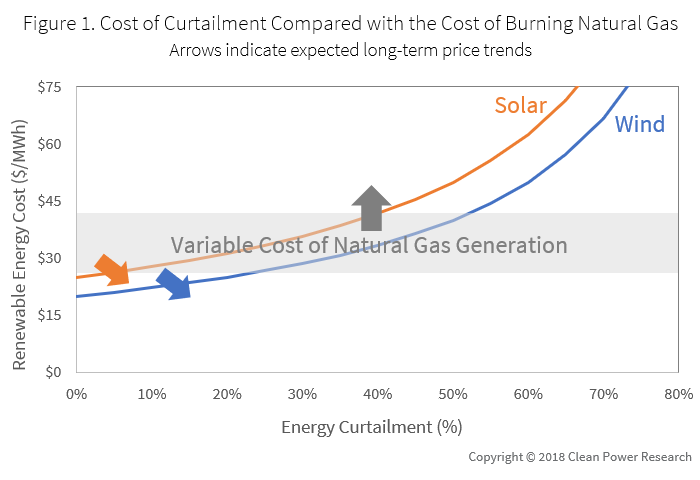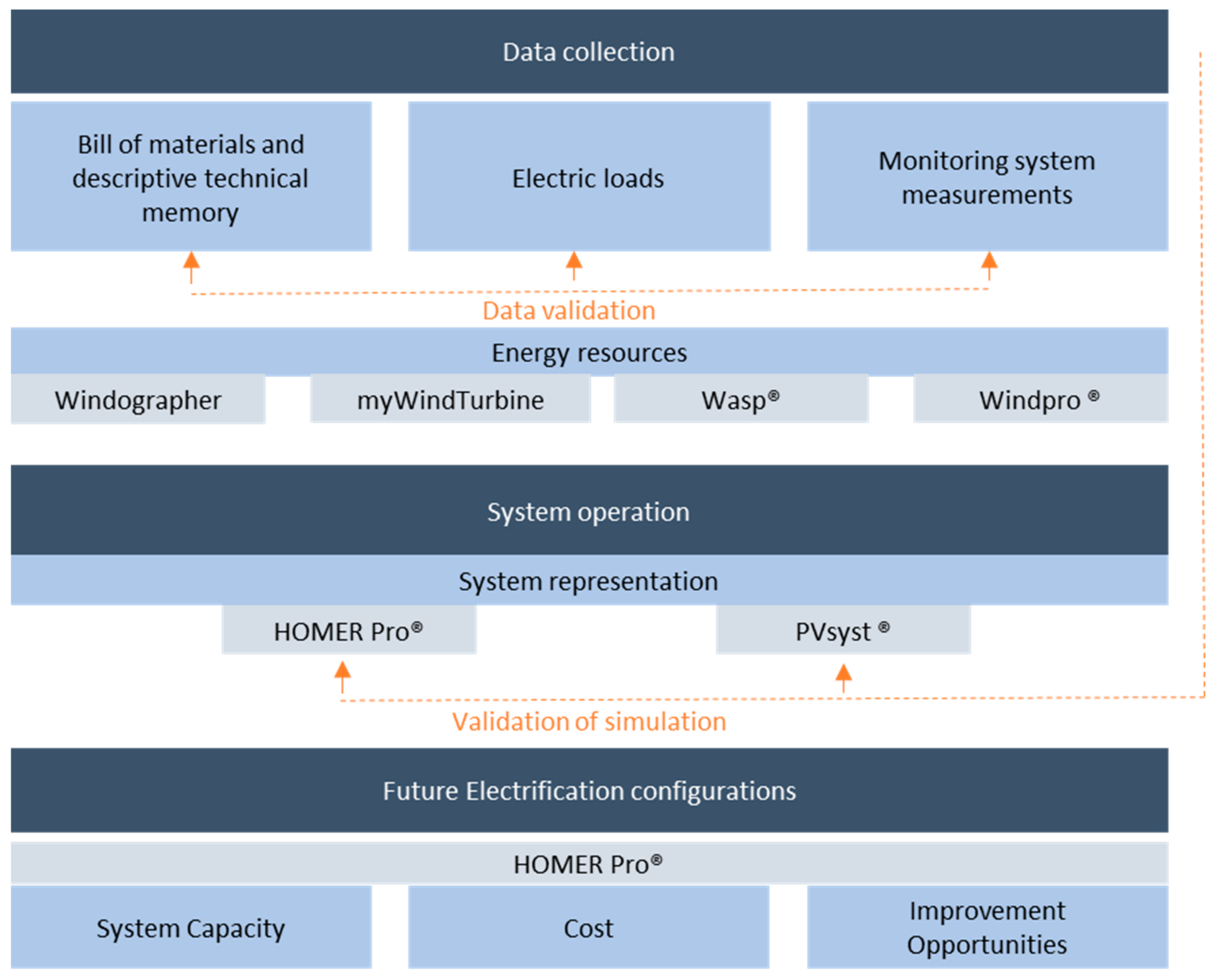
Its total installed capacity of wind power generation reaches 100 MW, and the maximum energy storage capacity is 10 MW. The third one is a wind-power HESS invested by Goldwind Technology Company in Jilin Province. Its hydrogen generation power reaches 200 MW, and the production capacity reaches 17.52 million standard cubic meters per year. The second is the demonstration project of a wind-power HESS operated by Sino-German cooperation since April 2015. The project was projected with a hydrogen production power of 100 kW and a fuel cell electric power of 30 kW. The first one is the “Technology Research and Demonstration Test Project of Direct Hydrogen Production by Wind Power and Fuel-Cell Power Generation System,” which is put into practice by China Energy Conservation and Environmental Protection Group Corporation since April 2014. As for the research and development of HESS, the government and the industry have carried out three demonstration projects of HESS in China.

Subsidies compensate the whole industrial chain from hydrogen production and vehicle sales to hydrogenation station construction (see the Supplementary Material). The State Council has issued policies to upscale developing the hydrogen fuel-cell motor vehicle (HFEV) industry.

The number of hydrogen storage projects totals 14 with an installed capacity of 0.02 GW.Ĭhinese government has explicitly supported the development of the hydrogen energy industry since 2014. According to the Global Energy Storage Database of the Department of Energy of the United States, as of June 2018, the world's total installed capacity of energy storage systems had reached 195.74 GW, and 1747 projects are running in operation. The hydrogen either returns to the grid through methods such as fuel cells or is used as energy carrier ending up in industrial or commercial application ( Chen et al., 2009 Ipsakis et al., 2009 Bakke et al., 2016 Javed et al., 2020 Mayyas et al., 2020). It will be used to electrolyze water to produce hydrogen. The hydrogen-based energy storage system (HESS) provides a reasonable solution for wind power generation flaws-excess wind power can render the energy storage system. If energy storage systems are connected to the wind farms to shave the peak load, the electricity operators can better ensure the wind power output stability and improve the power output quality ( Apostolou and Enevoldsen 2019). According to the statistics of the National Energy Administration of China, from 2011 to 2018, China’s cumulative wind power curtailed totaled 215.1 billion kWh, suffering an economic loss of 116.5 billion yuan, and the average annual wind surplus ratio is as high as 12.89%. The resulting contradictions between the on-grid load and the excess wind power generation become increasingly prominent. However, wind power generation has a high-frequency power curtailment phenomenon, making the renewable energy consumption problem more serious.

In China, with the rapid development of renewable energy power, installed wind power capacity is increasing year by year. At present, subsidies are still essential to reduce initial investment and attract enterprises to participate in hydrogen energy storage projects. The market-oriented reform of China’s power sector is conducive to improve hydrogen-based wind-energy storage systems’ profitability. The hydrogen-based wind-energy storage system’s value depends on the construction investment and operating costs and is also affected by the mean-reverting nature and jumps or spikes in electricity prices. It will reduce 3.31–4.97 million tons of CO 2, SO 2, NO x, and PM, saving as much as 286.6–429.8 million yuan of environmental cost annually on average. The results show that the hydrogen storage system fed with the surplus wind power can annually save approximately 2.19–3.29 million tons of standard coal consumption. Based on the model, simulation results, including the investment value and operation decision of the hydrogen energy storage system with different electricity prices, system parameters, and different levels of subsidies, are presented. This research also builds a valuation model based on the Real Options Theory to capture the distinctive flexible charging and discharging features of the hydrogen-based wind-energy storage systems.

From the perspective of resource conservation, it estimated the environmental benefits of hydrogen-based wind-energy storages. This article introduced China’s energy storage industry development and summarized the advantages of hydrogen-based wind-energy storage systems. The hydrogen-based wind-energy storage system becomes an alternative to solve the puzzle of wind power surplus. School of Economics and Management, China University of Petroleum, Beijing, ChinaĪlongside the rapid expansion of wind power installation in China, wind curtailment is also mounting rapidly due to China’s energy endowment imbalance.


 0 kommentar(er)
0 kommentar(er)
